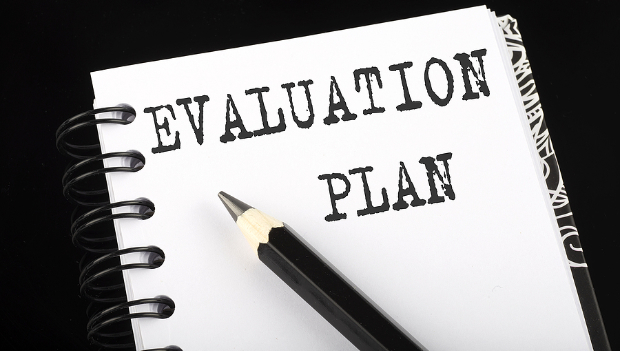Thanks to CEA’s continued advocacy and close collaboration with other stakeholder groups, the Connecticut State Department of Education has allowed greater flexibility in teacher evaluations for the 2021-2022 school year.
Every school district’s Professional Development and Evaluation Committee (PDEC) must meet in order to discuss and reach consensus on whether to adopt the flexibilities or keep their existing plan. Each district must also provide an orientation on any changes to current teacher evaluation plans by September 15, 2021.
Additional guidance will be forthcoming from the CSDE, but the most significant changes to be aware of include:
- Very clear language requiring mutual agreement between evaluator and teacher on goals and indicators/measures of achievement
- Only one student learning goal is allowable; it may have either a social emotional learning (SEL) or academic focus
- A minimum of two indicators/measures of accomplishment are required, but they do not need to be standardized assessments, nor do the indicators/measures of accomplishment have to be mathematically quantifiable
- Final summative ratings are required, but they should be based on a holistic review of artifacts and data rather than mathematically calculated
CEA Teacher Development Specialist Kate Field answers the top 10 questions about the new flexibilities.
1. Will changes to teacher evaluation this coming school year be in place in my district?
It depends. The CSDE is offering districts some flexibility in how state evaluation guidelines are implemented. If your district’s PDEC mutually agrees to adopt these flexibilities, there will be significant changes that impact your evaluation. If your PDEC does not agree to the flexibilities, your evaluation process will remain the same as described in your most recently approved educator evaluation plan.
2. What is the rationale behind offering the flexibilities to teachers?
The purpose of these flexibilities is to lessen stress, ease some of the paperwork burden on teachers and administrators, and foster more trust and innovation. The flexibilities are also intended to provide space for teachers to focus on SEL rather than solely academic outcomes.
3. What are the key provisions of the flexibilities?
- Only one goal is allowable, and it must be mutually agreed upon between teacher and evaluator. The goal may have either an SEL or an academic focus. This focus must be mutually agreed upon between teacher and evaluator.
- A minimum of two indicators or measures of accomplishment are required, and both must be mutually agreed upon.
- No standardized indicator may be required. All indicators may be non-standardized. Indicators (or measures of accomplishment) do not need to be mathematically quantifiable.
- There are fewer observations required for most teachers. No formal observations are required, nor are pre- and post-conferences, although they remain allowable. Informal observations should be short and must be followed by feedback that is actionable and formative in nature (not evaluative). Those in non-instructional roles, like school counselors, may substitute a review of practice in place of a classroom observation.
- Educator ratings (including those for administrators) will be required but should be holistically determined rather than mathematically calculated. Learning, growth, and well-being (rather than academic outcomes) are central.
4. Can my district adopt some of the flexibilities but not others?
No, your district must adopt the flexibilities as a set. Otherwise, your district must keep its existing evaluation plan or submit an amendment to the CSDE for approval.
5. When is the deadline to adopt the flexibilities?
The deadline to adopt the flexibilities or to submit a waiver is October 1, 2021.
6. How can I measure an SEL goal?
Under the flexibilities, goals do not need to be mathematically quantifiable. SEL growth is hard to quantify with a number. Instead, you may select artifacts such as student work, self-assessments, lesson plans, or portfolios of work, among many options.
7. My evaluator told me what my goal has to be. What should I do?
Goals and indicators must be mutually agreed upon, even if the flexibilities are not adopted. If mutual agreement with your evaluator is not possible, you should contact your local union president about next steps, which could include using your district’s dispute resolution process.
8. How will observations be impacted by the flexibilities?
Most teachers will have fewer observations and may not be observed formally at all. In addition, pre- and post-conferences are no longer required. This change was intended to minimize the amount of paperwork associated with the evaluation process.
Teachers without their own classrooms, such as social workers and content coaches, may mutually agree to an additional review of practice instead of a classroom observation.
9. Should teachers expect more evaluation changes in the future?
Yes. There will likely be significant changes to the evaluation process in the future. The Educator Evaluation and Support Council, which includes teachers, union representatives, and administrators, will be creating new evaluation guidelines over the course of the next year.
10. How do we get more information?
Contact CEA’s Kate Field at [email protected] or refer to CEA’s Teacher Evaluation Made Simple guide, available to CEA members only. CEA also offers PDEC facilitation, guidance on implementing the flexibilities, and evaluation workshops for teachers and PDEC members.







